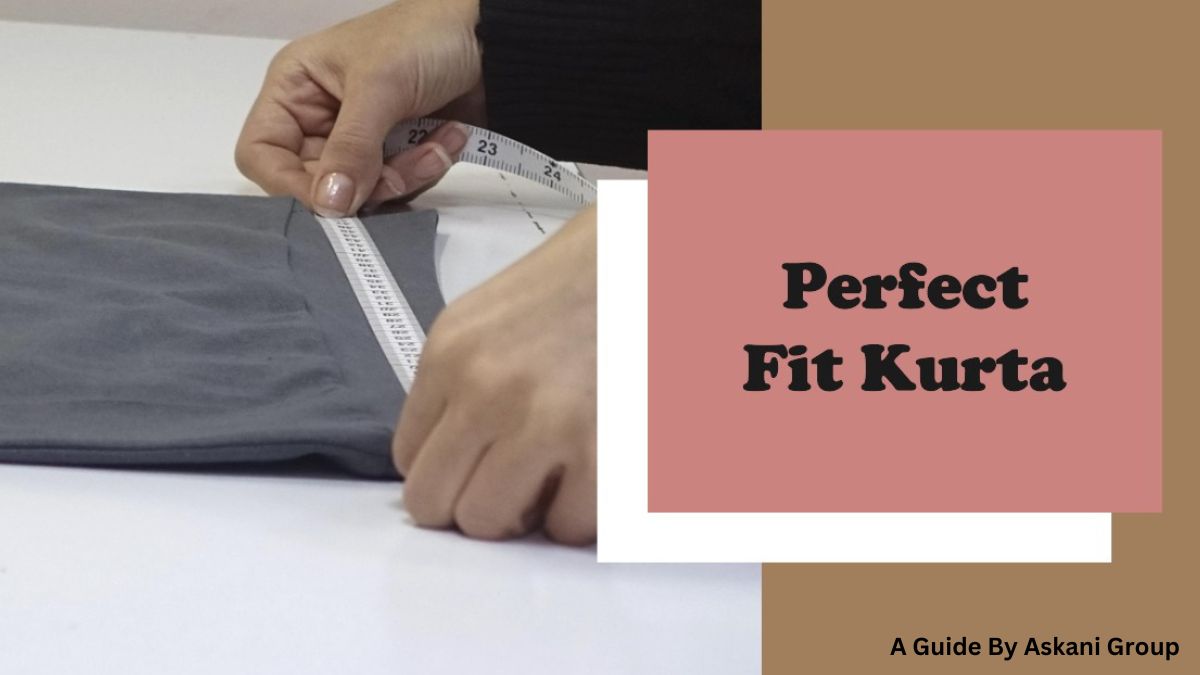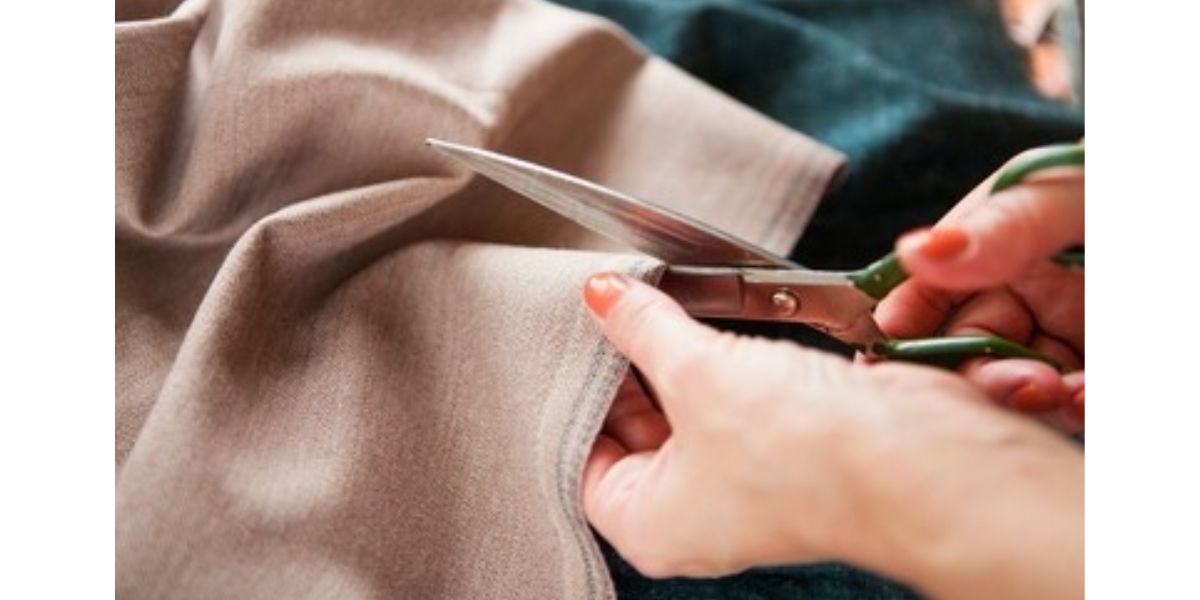Kurtas, a staple in traditional wear for women and children, are not only a reflection of cultural heritage but also a canvas for artistic expression in fashion. While the aesthetic appeal is paramount, the technical aspect of creating a kurta, particularly the calculation of fabric requirement, is equally crucial. This blog delves into the technicalities of fabric measurement and optimization for crafting a perfect kurta, enhancing your understanding beyond the basic estimate of 2-4 meters.
Understanding Fabric Requirements
The amount of fabric needed for a kurta hinges on several key factors:
- Kurta Design Length: The primary determinant of women’s fabric consumption is the length of the kurta. This includes not just the body length but also the sleeves, collar, and additional elements like plackets and tapes for side slits.
- Fabric Width: The width of the fabric plays a pivotal role in determining the length of fabric required. Wider fabrics allow for more efficient layout and cutting of pattern pieces, potentially reducing the overall fabric requirement.
- Size and Fit: The size of the kurta, including bust, waist, hip measurements, and the desired fit (loose or snug), significantly influences fabric consumption. For instance, a women’s kurta designed for a 40-inch bust, 38-inch waist, and 42-inch hip will have different fabric requirements than one for smaller measurements.
Calculating Fabric Consumption
To illustrate, let’s consider a woven kurta with the following measurements:
- Bust: 40 inches
- Waist: 38 inches
- Hip: 42 inches
- Body Length: 44 inches
- Sleeve Length: 24 inches
- Muscle (1/2): 7.5 inches
Panels and Components:
A kurta typically comprises the following panels:
- Front and Back Panels
- Two-Sleeve Panels
- Collar
- Front Placket
- Tapes for Side Slits
Sample Marker Method:
Using a sample marker, you can visually lay out how each panel will be cut from the fabric. For instance:
- Body Panels: Placing the front and back panels side by side, you might need a width of 44 inches (including seam margins) and a length of 47 inches (accounting for the bottom fold and seam margin).
- Sleeve Panels: For sleeves, a width of 32 inches and a length of 26 inches (including cuff and fold) might suffice.
- Other Components: These can often be cut from the fabric remnants of the body and sleeve panels.
Considering these dimensions and a fabric width of 46 inches, the total length needed is 73 inches. Factoring in a 5% fabric waste, you would need approximately 76.65 inches, or about 1.95 meters per kurta.
You can buy amazing kurta clothes, branded 2- and 3-piece suits, at a discounted price easily from Askani Group.
Optimizing Fabric Selection
Selecting the right width of the fabric is as crucial as calculating the required length. Here’s what to consider:
- Fabric Width: Choose a fabric width that minimizes waste. This might mean opting for a slightly wider fabric to accommodate the pattern pieces more efficiently.
- Marker Planning: It’s advisable to create a marker on a flat table to determine the most cost-effective fabric width and layout, reducing waste and cost.
4. Beyond Basics: Additional Considerations
- Design Variations: Keep in mind that different kurta styles may require different amounts of fabric. For example, a kurta with a fuller skirt or longer sleeves will need more fabric than a simpler, straight-cut design.
- Fabric Type: The type of fabric also impacts the requirement. Stretchy materials might need less fabric compared to non-stretch fabrics due to their ability to fit more snugly.
Final Verdict
Understanding the intricacies of the fabric requirements for a kurta is vital for both amateur and professional dressmakers. By mastering these calculations, one can not only ensure efficient use of material but also pave the way for creative experimentation with designs, knowing that the foundation—the right amount of fabric—is taken care of.
Read our other guide Advantages Of Cotton Clothes Over Synthetic
General Questions
Q: How can beginners ensure they buy the right amount of fabric for a kurta?
Ans: Beginners should start with a pattern or a template, which usually includes fabric recommendations. Additionally, consulting with experienced tailors or using online calculators specifically for kurta making can be helpful.
Q: What should be considered when purchasing fabric with prints or embroidery for kurtas?
Ans: For printed or embroidered fabrics, consider the pattern repeat and direction. You may need extra fabric to align the prints or embroidery at seams, hems, or cuffs for a cohesive look.
Q: How does the choice of sleeve style impact fabric consumption?
Ans: Sleeve styles like bell or bishop sleeves require more fabric compared to standard straight sleeves due to their additional width and length. The inclusion of details like ruffles or cuffs also increases the fabric requirement.
Q: Is there a difference in fabric requirements for different styles of kurtas?
Ans: Yes, styles like Anarkali require more fabric due to their flare and volume, whereas straight-cut kurtas need less. The addition of features like pleats, gathers, or layered designs also increases fabric requirements.
Q: Can fabric wastage be completely eliminated in kurta making?
Ans: While it’s challenging to eliminate fabric wastage entirely, efficient pattern layout and using remnants for smaller components can significantly reduce it. Digital fabric cutting technology and optimized pattern planning also help minimize waste.
Want to read more interesting guides and blogs like these? Click Here


